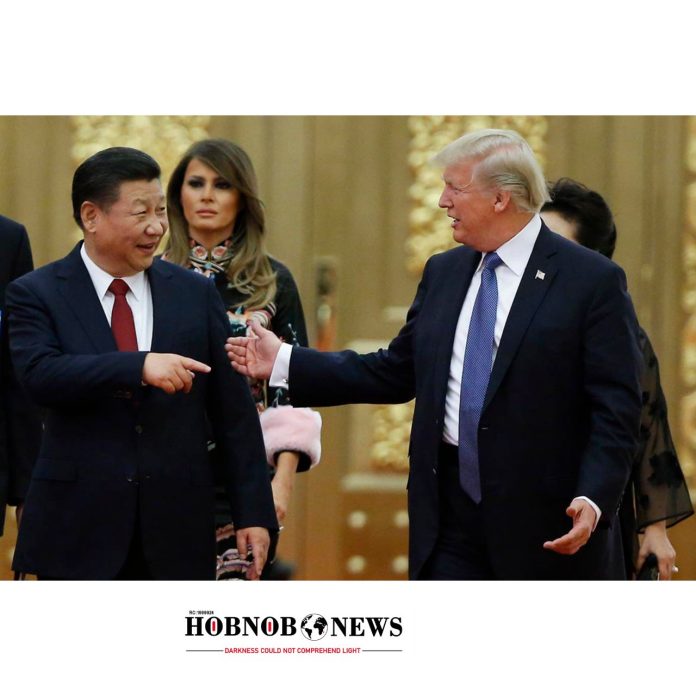U.S. President, Donald Trump has ramped up tariffs on Chinese imports in a major escalation of the ongoing trade dispute. He first slapped a 20% tariff in the opening weeks of his presidency, then followed it up with an additional 34% in April. China hit back with a matching 34% retaliatory tariff on U.S. goods, prompting Trump to threaten even harsher penalties if Beijing didn’t stand down.
“Beijing will see even more tariffs unless they back down,” Trump warned, making it clear the U.S. wouldn’t tolerate China’s countermeasures. The Office of the U.S. Trade Representative reported that American imports from China rose by 2.8% last year to $438.9 billion—despite the rising tensions.
As China held firm, the White House announced a sweeping 104% tariff would come into effect at noon Eastern Time on April 8. “China has not removed its retaliation,” said the White House Press Secretary. The new tariff is scheduled to be collected from April 9.
The move has rattled markets and sparked concern among economists. Dan Ives, a tech analyst, warned that the tariffs would be a “Category 5 price storm for U.S. consumers,” especially in the tech sector. Global markets have already reacted with volatility, while international leaders urge both sides to return to talks before the situation worsens.
Trump’s aggressive tariff strategy is aimed at pressuring China to change its trade practices, but critics argue it could backfire—raising prices for American consumers and straining international trade. With both countries digging in, fears of a full-blown trade war are growing, and the global economy is bracing for the fallout.

